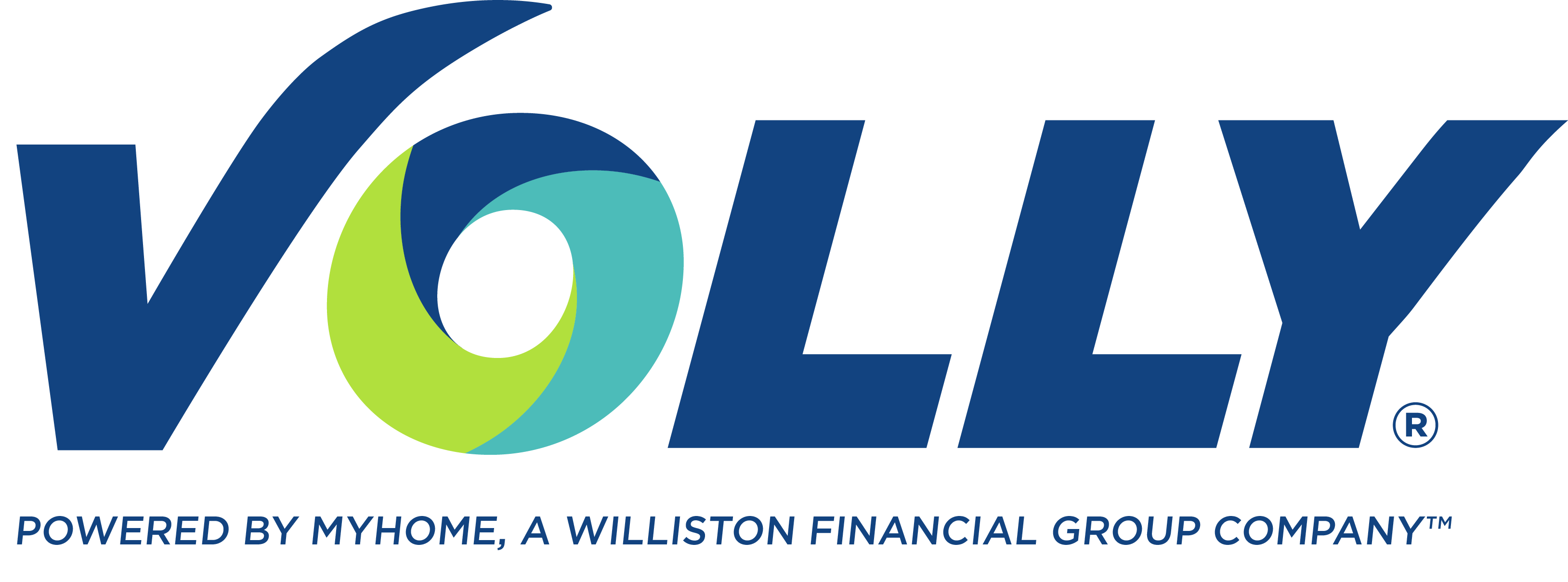Tips and Ideas For Your First-Time Homebuyer Campaigns

As the U.S. housing market surged in 2022, a traditionally large demographic of homebuyers shrank to their lowest share on record.
According to the National Association of REALTORS® (NAR) Profile of Home Buyers and Sellers report, first-time homebuyers comprised just 26% of all buyers. This was down from 2021’s 34% and roughly half of the 50% peak share reached in 2010, a number achieved thanks to the First-Time Home Buyer Tax Credit program.
“It’s not surprising that the share of first-time buyers shrank to the lowest level ever recorded given the housing market’s combination of historically low inventory, persistently high home prices, and rapidly escalating interest rates,” said Jessica Lautz, NAR vice president of demographics and behavioral insights. “Those who have housing equity hold the cards and they’ve fared very well in the current real estate market.”
The rapidly shrinking share of first-time homebuyers means finding and converting leads from this important segment of the market is more essential than ever. The latest post on the Volly Insights blog provide content tips and ideas for your first-time buyer campaigns—whether they are done through social media, over email, or with direct mail.
Focus on homeownership’s personal benefits
Research has consistently proven the long-term social benefits of owning a home.
- Improved health. Studies of homeownership and health outcomes have found that homeowners and children of homeowners are generally happier and healthier than non-owners. Studies have also found that the wealth-building effect of ownership and the sense of control it provides positively impacts a homeowner’s mental and physical health.
- Better sense of community. Homeowners are more likely to participate in local elections, civic groups, and their neighborhoods compared to renters.
- Lower crime. Areas with higher ownership rates are more likely to have programs that deter crime, such as neighborhood watches. Also, individuals who invest in an area typically have more incentive to keep it safe.
Finally, homeownership gives an individual a place that is truly theirs, allowing them to put touches on their interior and exterior spaces as well as make their own maintenance decisions.
Focus on homeownership’s financial benefits
Homeownership can help increase a person’s net worth over time. According to U.S. census data, home equity and retirement accounts combined made up more than 60% of a typical household’s wealth. Additionally, the average homeowner had a median net worth more than 80 times greater than the average renter.
Purchasing a home is also one of the best ways to hedge against red-hot inflation, primarily because home values typically rise when inflation does. A recent Bankrate article stated that home prices grew slightly faster than the rate of inflation when measured over an extended period of time. Said Greg McBride, chief financial analyst for Bankrate: “The recent spike in inflation was preceded by a surge in home prices that insulated homeowners in a way that renters were not.”
Also, homeownership delivers a number of tax breaks. While many are aware of the most well-known deductions, such as mortgage interest, property taxes, and private mortgage insurance, homeowners can also receive tax incentives for installing alternative energy upgrades, upgrading interior spaces to age in place, and having a home office.
All in all, real estate continues to be one of the safest and smartest investments a person can make.
Connecting with Millennials
One of the most surprising statistics from the Profile of Home Buyers and Sellers report was how much the age of the typical first-time buyer increased: from 33 years to 36 years. This was the highest age in the history of the report.
Since the average first-time buyer is a member of the Millennial generation, knowing how to properly connect with this demographic is essential.
Take advantage of social media
Millennials frequently rely on social media outlets like Facebook, Twitter, and Instagram for recommendations, advice, and ideas. Therefore, maintaining a social media presence that’s professional, relevant, and engaging is essential.
Embrace the right website strategies
Eighty-five percent of Millennials used a mobile device or table to search for properties—the highest share among all generations. If your website is not mobile responsive—meaning it adjusts to fit a screen, whether it’s being viewed on a smartphone, tablet, or desktop—visitors will not remain long.
Also, the Millennial generation is known for watching videos for information-gathering purposes. So, consider embracing video content strategies for your website. The result will be better connections with your brand and increased landing page conversions.
Take the right approach with content
Millennials are fond of authenticity—they want content that is consistent and genuine. Utilizing buzzwords and calling attention to stereotypes associated with this generation will only bring negative attention to your brand.
Additionally, Millennials are one of the most diverse generations in U.S. history. Their cultural diversity means you need to take more than a one-size-fits-all approach. Customize and personalize your marketing content. Let Millennials know that you understand their preferences and then suggest recommendations that will meet their specific needs.
Additional content ideas
Faced with surging rent costs and high inflation, first-time buyers are struggling to save enough money to afford a home. According to the NAR, the typical down payment for first-time buyers was only 6% in 2022. Compare this with 17% for repeat buyers.
Also, the idea of a “starter home” is becoming less common as more first-time buyers remain in their properties for longer periods of time. The median expected home tenure for first-time buyers jumped from 10 years in 2021 to a record-high 18 years in 2022.
Finally, 15% of first-time buyers purchased a multigenerational home to accommodate aging parents, grandparents, or adult siblings. This figure is slightly higher than repeat buyers (14%).
Based on this data, here are additional content ideas for your first-time buyer campaigns:
- Home loan process guides. While purchasing a home can be an exciting time, a little anxiety and fear is to be expected. Providing a thorough overview of the loan process can reduce the stress levels of a first-time buyer.
- Saving tips. Offering advice on how to take the first and most important step when preparing for homeownership—saving for a down payment—is an impactful strategy.
- Mortgage payment information. Providing details on the components of a monthly mortgage payment—such as homeowners insurance, property taxes, and utility and maintenance costs—can aid a first-time buyer as they develop a more realistic monthly housing budget.
- House-hunting advice. Useful search tips can help a first-time buyer find the property that is right for them at the price they can afford.
- Interest rate facts. This can include everything from how a rate is determined to the factors that push them upward or downward to what is the difference between fixed-rate mortgages and adjustable-rate mortgages.
Ready to connect
We hope these ideas help you thrive in today’s ever-competitive housing market. However, if you want to position your business for greater success, you may need to work with an industry-leading marketing partner.
This is where Volly can help! Contact us today for a demo and to learn more about how we can be your valued marketing partner.

